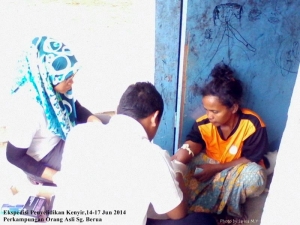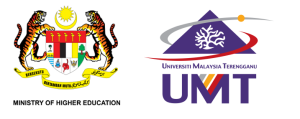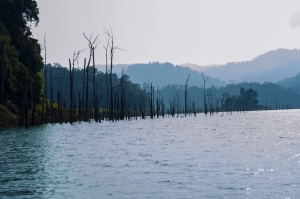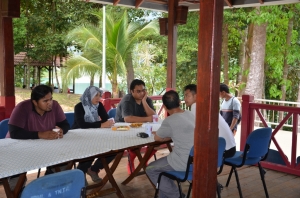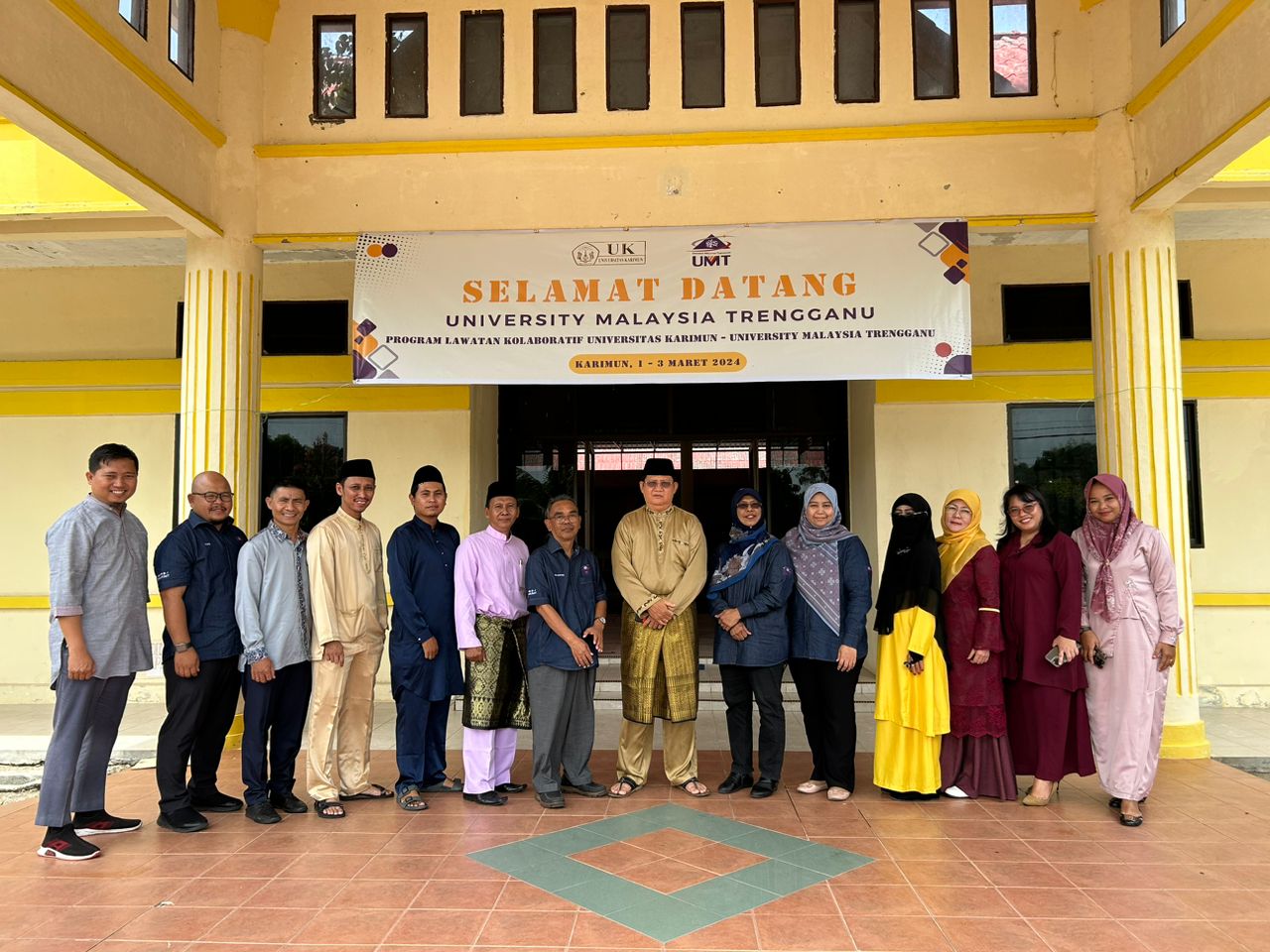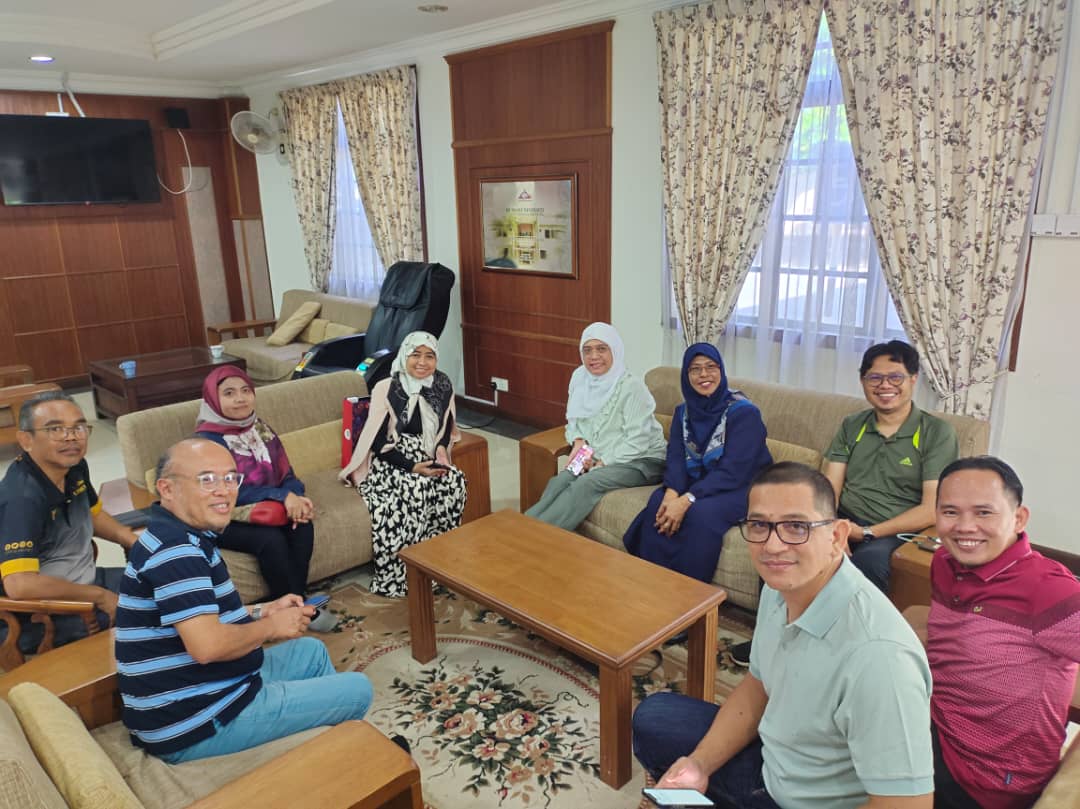Scientific Expedition on the Biodiversity of forest biology and fresh water fishes have been conducted in Tanjung Mentong Tasik Kenyir from the 14 to 17 June 2014. A total of forty one researchers were on the expedition, where fourteen were lecturers, twenty Masters and PhD students, ten staff from the University Malaysia Terengganu and three staff from Radio Television Malaysia (RTM) which are responsible for filming and documenting all the activities done during the expedition.
The study encompasses a diversity of flora and fauna from the smallest microscopic aquatic organisms such phytoplankton, zooplankton, benthos, fish parasites, fungi, bacteria and insects through to large mammal species. The study on fish and bird diversity as well as studies on the Malayan Tiger was also undertaken. An interesting study was conducted on the local Orang Asli phylogenetic and ancestry who live around Kampong Sungai Berua near Lake Kenyir.

Among the studies that have been conducted are in the field of Zoology include (1) Phylogenetics, Geometric Morphometrics and Ecolocation Analyses of the genus Rhinolophus with an emphasis on Malaysia Fauna, (2) Systematic of Malaysian Treeshrews Inferred from Nuclear and Mitochondrial Genes Analyses, (3) Phylogeography and morphometric analyses of Sunda Muelleri (Sundamys muelleri) with Emphasis from Malaysian Fauna, (4) Diversity of Bats at Lake Kenyir, (5) Phylogenetic analysis of ancestral human and non-human primate. The studies that have been conducted in the field of Human Genetic is Variome Human Project. Research in the field of Bioindicator of Fish Parasites is Parasites as Indicators for Metals Bioaccumilation. As for research in the field of Wildlife is the Monitoring of Tiger Commence in Project Harimau Selamanya. Meanwhile research in the field of Fish Ecology is To Established a baseline of an abundance of fish species presence, using a suite of sampling methods. Moreover, studies in the field of Botany are (1) Preliminary check list of vascular plants in Tanjung Mentong Tasik Kenyir. (2) Macro fungal diversity at Lake Kenyir. (3) Potential use of microfungi as indicators of water quality and Wastewater Treatment at Tasik Kenyir.
